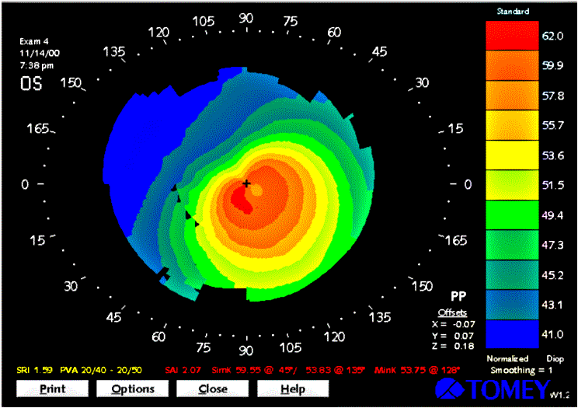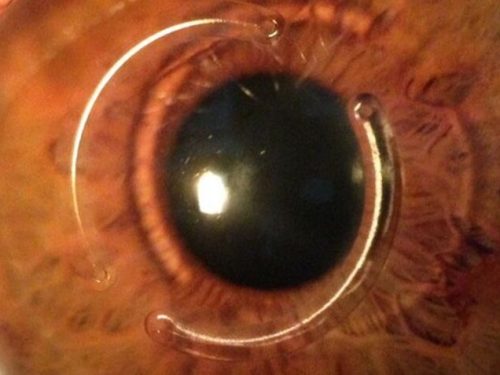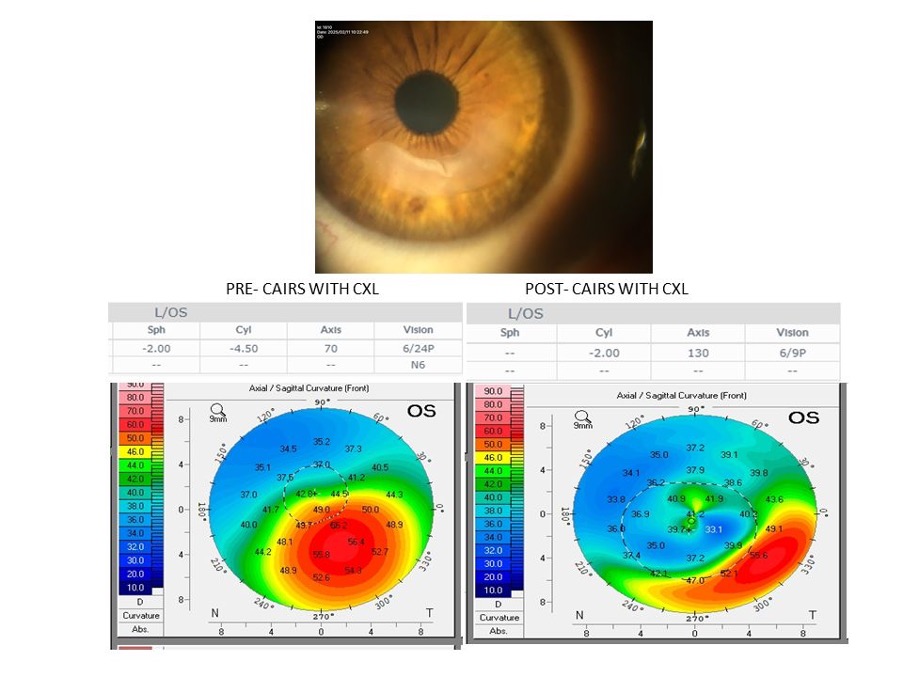Home >Keratoconus/Corneal Ectasia
In keratoconus, the cornea becomes thin and gradually bulges outward into a cone shape. This irregular shape can cause vision problems, including blurred vision, sensitivity to light, and difficulty seeing at night.
Keratoconus is typically diagnosed through a comprehensive eye examination, which may include tests such as corneal topography / tomography and corneal pachymetry to assess the shape and thickness of the cornea. A cornea surgeon is well equipped to diagnose, assess progression of the keratoconus and determine treatment.

Treatment options for keratoconus depend on the severity of the condition and may include:


Soft Contact Lenses, Rigid Gas Permeable (RGP) Contact Lenses , Rose- K lenses or Scleral Contact Lenses are beneficial for patients depending on the severity of the disease.

ICRS, such as INTACS, are small, arc-shaped plastic implants inserted into the cornea assisted by femtosecond laser, to reshape and flatten it, improving visual acuity.

Newer techniques have evolved which use donor corneal tissue instead of plastic implants to reshape the cornea. This is more biocompatible, and reduces the risk of complications associated with plastic implants.

Reach out to Dr. Kavita Rao’s clinic where personalized care, clinical precision, and concierge-level service await you.